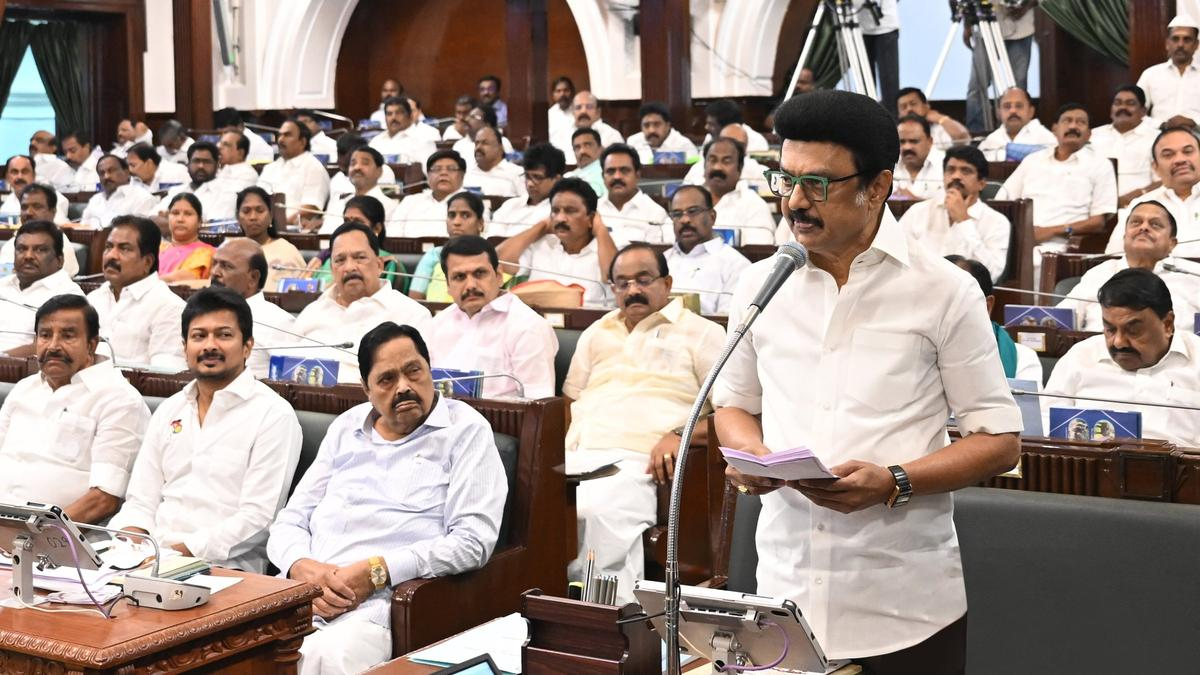Description

Source: HindustanTimes
Disclaimer: Copyright infringement not intended.
Context: The Stockholm International Peace Research Institute (SIPRI) launches its annual assessment of the state of armaments, disarmament and international security.
Details
Global Nuclear Arsenal Strengthening
- Nine nuclear-armed states: USA, Russia, UK, France, China, India, Pakistan, North Korea, Israel.
- Continuous modernization and deployment of new nuclear-armed/capable weapon systems in 2023.
Global Nuclear Warhead Inventory:
- Total warheads (January 2024): 12,121.
- Warheads in military stockpiles: 9,585.
- Deployed with missiles/aircraft: 3,904 (an increase of 60 from January 2023).
- Deployed on high operational alert: 2,100 (primarily Russia and USA, with China for the first time).
Multiple Warhead Deployment Capability:
- India, Pakistan, North Korea pursuing multiple warhead capability on ballistic missiles.
- Existing capability: Russia, France, UK, USA, China.
Russia and USA:
- Possess almost 90% of all nuclear weapons. Russia and USA each hold over 1,200 retired warheads.
- Stable military stockpiles in 2023.
- Russia deployed around 36 more warheads with operational forces than in January 2023.
- Decline in transparency post-Russia's invasion of Ukraine in February 2022.
- Gradual dismantling of these warheads continues.

Other countries
- Nine nuclear-armed nations, including the US, Russia, the UK, France, China, India, Pakistan, North Korea and Israel, continued to modernise their nuclear arsenals, and several of them deployed new nuclear-capable weapon systems in 2023.
- India's "stored" nuclear warheads were 172 in January 2024, while the number for Pakistan was 170.
- India possesses more nuclear weapons than Pakistan, while China has expanded its nuclear arsenal from 410 warheads in January 2023 to 500 by January 2024,
- Pakistan remains the main focus of India's nuclear deterrent, India appears to be placing growing emphasis on longer-range weapons, including those capable of reaching targets throughout China.
- Some 2,100 of the deployed warheads were kept in a state of high operational alert on ballistic missiles, and nearly all of them belonged to Russia or the US. However, for the first time, China is believed to have some warheads on high operational alert.
- The report said China's stockpile of nuclear warheads is still expected to remain much smaller than the stockpiles of either Russia or the US.
New START treaty
START stands for “Strategic Arms Reduction Treaty” and is the last remaining nuclear arms control pact between Russia and the US.
The treaty, which caps the number of strategic nuclear warheads that the US and Russia can deploy, was signed by former US President Barack Obama and his Russian counterpart Dmitry Medvedev in 2010.
It came into force in February 2011 and was extended in 2021 for five more years after US President Joe Biden took office.
Under the agreement, Moscow and Washington are committed to the following:
- Deploying no more than 1,550 strategic nuclear warheads and a maximum of 700 long-range missiles and bombers.
- A limit of 800 intercontinental ballistic missiles in deployment.
- Each side can conduct up to 18 inspections of strategic nuclear weapons sites yearly to ensure the other has not breached the treaty’s limits.

Sources:
Hindustan Times
|
PRACTICE QUESTION
Q. The "New START" treaty was in the news. What is this treaty?
A. It was a bilateral strategic nuclear arms reduction treaty between the USA and the Russian Federation.
B. It is a multilateral energy security cooperation treaty among the members of the East Asia Summit.
C. It is a treaty between the Russian Federation and the European Union for the energy security cooperation.
D. It is a multilateral cooperation treaty among the BRICS countries for the promotion of trade.
Answer A
|
















